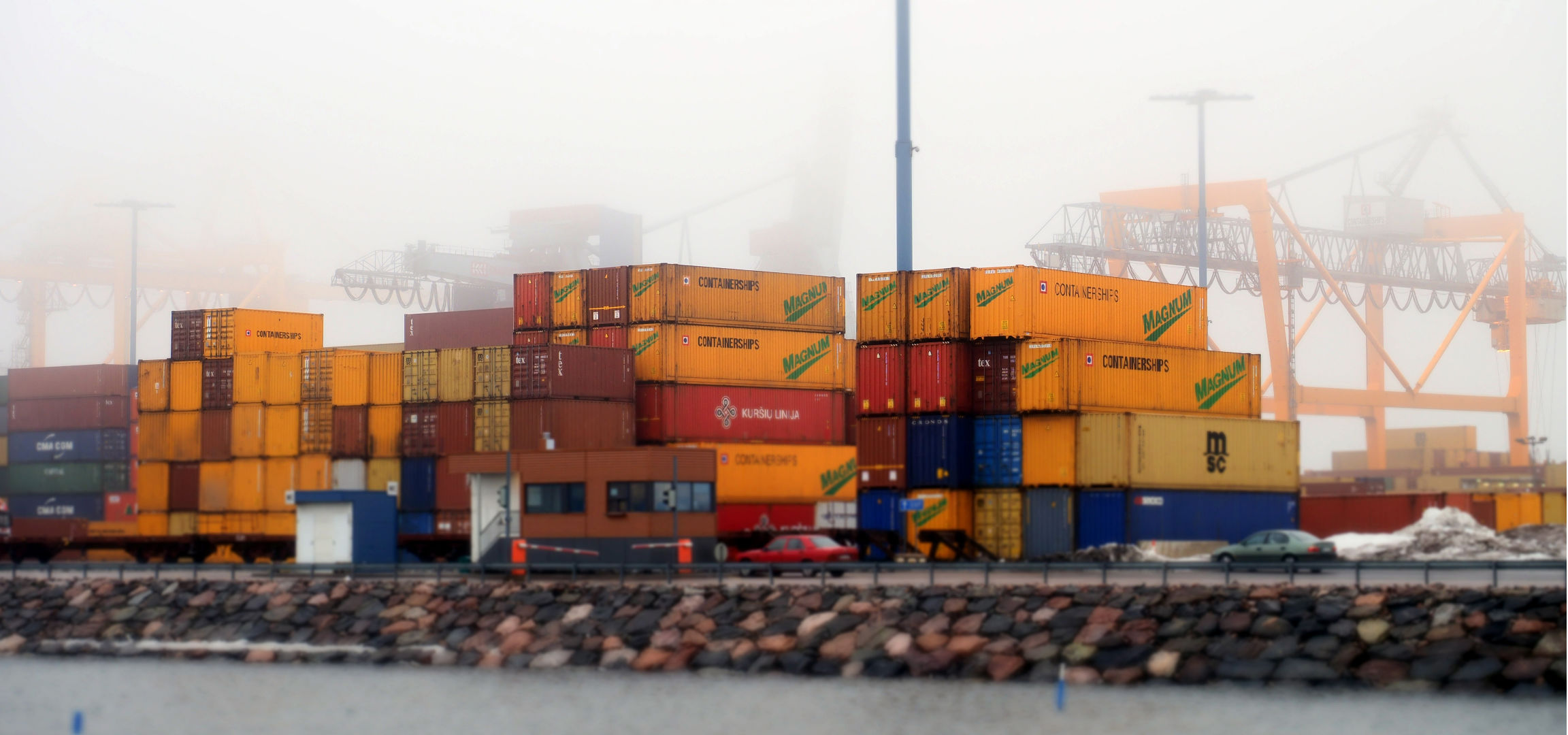Risk assessment
Recovery hinges on export markets
Weaker-than-expected developments in the global economy would erode Finland’s export-driven growth. On the other hand, a more prolonged period of low commodity prices and the positive effects of accommodative monetary policy on the real economy could provide a further boost to growth. In Finland, the necessary consolidation measures will reduce domestic demand over the short term but may support growth over the longer term.

Weaker performance in the external environment poses a risk
In 2015–2017, the Finnish economy’s slow recovery from the protracted recession will primarily rely on improvements in the external operating environment. The rebound of the Finnish economy will be bolstered in particular by euro area economies’ faster recovery, falling commodity prices and the ongoing accommodative stance of euro area monetary policy.
The external environment is, however, surrounded by significant risks. Weaker-than-expected developments in Russia or in the emerging economies would erode export-driven growth. Growth in net exports, as envisaged in the forecast, is conditional on the expected pick-up in investment in Europe.
There are also risks attached to the pass-through of the accommodative monetary policy. Rising share and bond prices in an environment of low interest rates reflect investors’ search for yield, and market liquidity may be channelled into financial investments rather than investments in productive capacity. Over the longer term, this could lead to a divergence in the development of asset prices and the real economy, which in turn would increase the likelihood of abrupt corrections in asset prices.
Tightening financial conditions would hamper the availability of finance particularly for small and medium-sized enterprises, raising its price in circumstances where corporate profitability has fallen to modest levels. This would impair the recovery of the real economy.
On the other hand, commodity prices could remain low for a prolonged period and the continuing accommodative stance of monetary policy could be transmitted to the real economy more favourably than predicted, especially if it were to speed up fixed investments in the euro area more strongly than projected.
Overall, external risks to the Finnish economy are on the downside.
Domestic risks relate to the success of economic policy
Domestic risks relate to the success of near-term economic policy. The general government financial balance will be stronger than forecast following the new Government’s consolidation measures. However, fiscal tightening and the necessary public spending cuts will reduce domestic demand and slow growth over the short term. Short-term growth will decelerate especially if, on top of adjustments in public spending, measures to improve price competitiveness are not carried through.
In addition, the freezing of the Finnish labour market and non-financial corporations’ weaker profitability could lead to slower-than-anticipated job creation, even in an environment of growth, and to higher long-term unemployment further dampening medium-term growth and undermining the general government financial position.
Domestic downside risks are particularly concentrated on the years 2016–2017.


